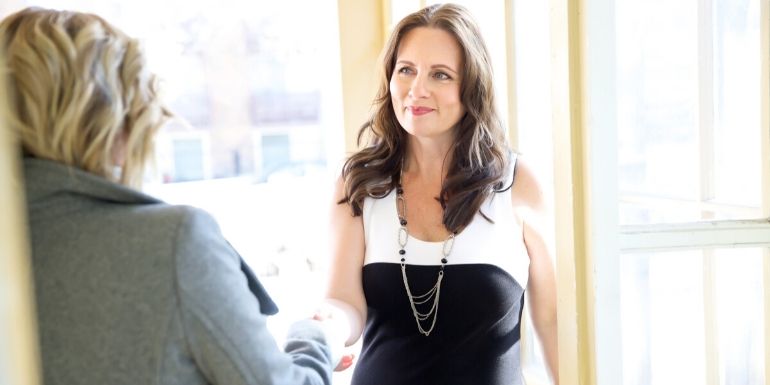What do we do during a sophrology session? What type of exercises?

Did you know that you can practice sophrology elsewhere than in an office? Or that you can practice with a friend? Sophro News reveals everything about the session!
Indeed, in France, a country where sophrology’s been a renowned technique for several years, it is increasingly common to see sophrologists intervening in various structures. You can find sophrologists in schools to help students pay more attention. They are also, more and more numerous in companies where stress has become a real public health issue. Hospitals call on sophrologists for both pacients and the health staff. In retirement homes, sophrologists help older people sleep better… And the fields of application are far from ending there!
What happens during a session?
Whether individual or collective, sophrology sessions take place in the same way. Always divided into three stages, they begin with an exchange time with the sophrologist. This step allows you to express your needs and desires, but also lets the sophrologist know your general physical or emotional state.
Then will start the longest part of the session: the exercises. It all starts with “dynamic relaxation”. These are bodily stimulations associated with breathing. Basically, you might inspire calm, throw anger, throw your fears away … Then comes the “sophronizations”. This time, the sophrologist guides with his voice visualizations of positive images. There is no particular movement to make, you lie down or sit down and you simply let yourself go, guided by the sophrologist’s soft voice.
Finally, the session ends again on a verbal exchange which allows this time to express to the sophrologist the feelings experienced during the session. These exchanges will be done if you want or need it, so it is not mandatory to express yourself.
What is the difference between individual and group sessions?
The course of the sessions remains the same, but there are some differences between individual follow-up and group lessons.
Individually, the session is personalized around a specific client’s objective. Example: a woman wishes to be accompanied by a sophrologist, because she has afraid of giving birth. The sophrologist will question her about her preferences, her tastes, in order to create tailor-made exercises. If you love the sea and hate the mountains, it would be difficult for you to relax during a visualization exercise where you are on a mountain peak!
However, during a group lesson, the sophrologist will opt for more general images. Indeed, it would be difficult to ask 12 people about their tastes and preferences. In this case, the sophrologist can use a memory common to all participants. For example: a company requests the intervention of the sophrologist in order to help employees to have a better team cohesion. The sophrologist will offer a visualization of a year-end dinner (really experienced by this group) where the participants had a good time together.
In addition, unlike group sessions, individual sessions allow you to express yourself in complete confidentiality. Group lessons have the advantage of being cheaper. Indeed, the two ways of practicing each have their advantages. It is also this accessibility that makes sophrology so popular in France.
Does the sophrologist intervenes the whole time?
Yes, the sophrologist intervenes throughout the session. It lasts about an hour. They lead the discussion times at the start and end of the session while respecting confidentiality and non-judgment. It responds to a code of ethics which defines its scope of intervention and the limits of its practice. They can accompany a sick person, while knowing that sophrology in this case is a complementary technique to medical treatment.
Want to know more ? No one is better placed than a sophrologist to explain sophrology to you. Read here the testimony of a sophrologist passionate about her profession!
